Let's be honest, shall we? The first idea that most of the non-resident Indians have of the country is that it is a filthy slum. Thanks to a few of the great, successful movies, like "Slumdog Millionaire" and "Lion." I'm not against these movies. They were marvelous, but growing up as an Indian resident and watching these movies has made me and many other kids my age feel insecure about our country for no reason.
I do not disagree with the fact that slums and poverty are parts of India, but it is also true that it is much more than just that. I'm not boasting about India through this article, but I want to show everyone a brighter side of it.
Literacy rate
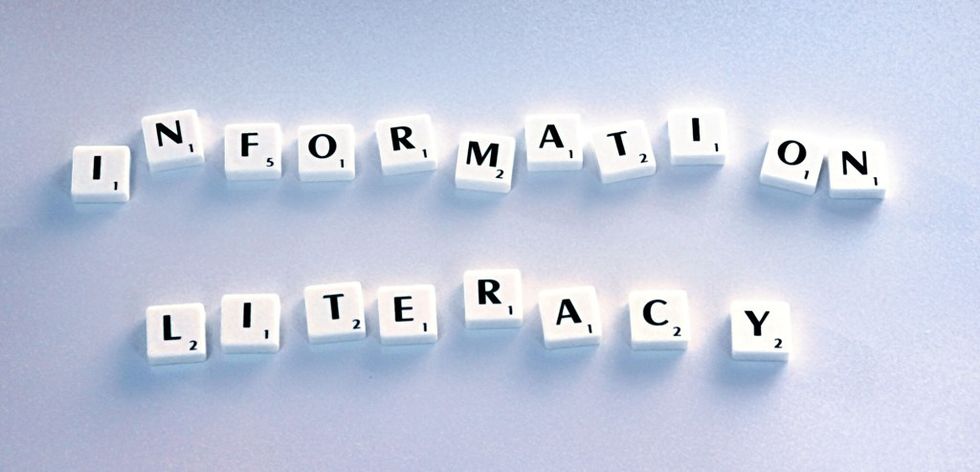
Although India's overall literacy rate is not as high as in developed countries, it has some of the highest literacy growth in the world. The literacy rate of the country has grown from 16.1% during British rule to 74.04% post-Independence and is growing at an average rate of 6% to 8% every 10 years.
Usage of English
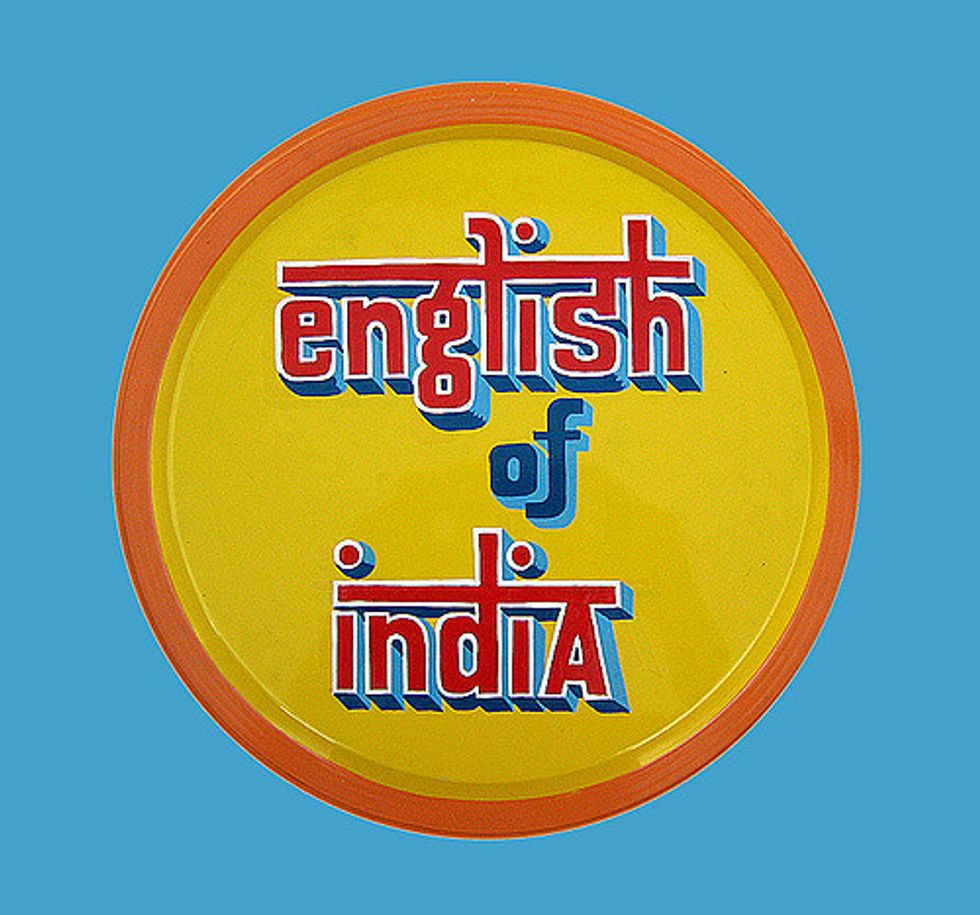
Firstly, those who think, "How can most of the Indians speak English fluently?" please know that it is a universal language. To communicate with people from other parts of the world, knowing English is a must. Secondly, higher education in India is conducted entirely in English despite being home to more than 1000 different languages. Thirdly, the primary mode of communication for a major percentage of schools in India is in English. The usage of the language has gone to an extent where Indian movies have songs with English lyrics, billboards are in English, and one of the most important requirements for a well-payed job in the country is to speak English fluently.
Food

India is more than just curry (fun fact: curry stands for gravy/sauce to Indians, so the term should not solely be restricted to our cuisine). Interestingly, every state of the country has different kinds of cuisine with different kinds of taste and preparation. However, in general, there are seven major kinds of Indian cuisine: Bengali (specializes in the perfect blend of sweet and spicy), Rajasthani (specializes in high content of spice), Gujarati (specializes in vegetarian food with high nutritional value), Kashmiri (specializes in dishes whose cooking style is adopted in Central Asia, Persia, and Afghanistan), Mughlai (specializes in dishes predominantly influenced by the cooking style practiced during the Mughal era), Punjabi (specializes in enormous varieties of mouth-watering vegetarian as well as nonvegetarian dishes in which the spice content ranges from minimal to pleasant to high) and South Indian (specializes in light, low-calorie, appetizing dishes).
Job opportunities

Despite the gradual decrease of employment in India, there are certain jobs that will never go out of style (at least not in the near future). Few such job titles in India that can still make a person rich are marketing professionals, IT and software engineers, investment bankers, chartered accountants, commercial pilots, and medical professionals.
Economy

As per the International Monetary Fund, the Indian Economy in 2017 was worth $2.61 trillion making it the sixth largest economy by exchange rates and is, at $9.459 trillion, the third-largest by purchasing power parity. Its average annual GDP growth rate of 5.8% over the past two decades, and reaching 6.1% during 2011 to 2012, makes India one of the world's fastest-growing economies.
Religion
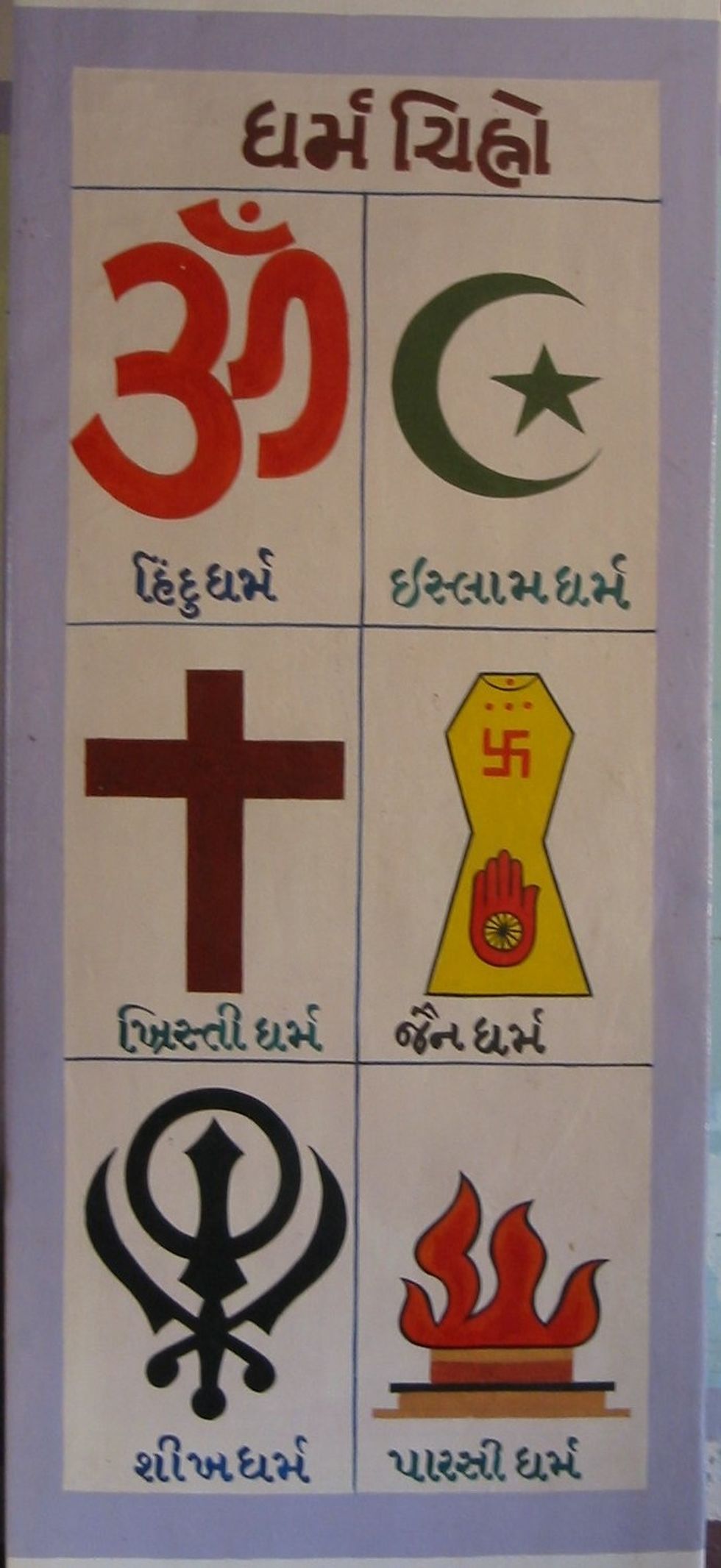
India is a secular country. The religions in the country consist of Hinduism, Islam, Christianity, Sikhism, Buddhism, Jainism, and others. Though majority follow either Hinduism, Islam, or Christianity, it also has the world's largest Sikh, Jain, Zoroastrian, and Bahá'í populations.
Flora and fauna
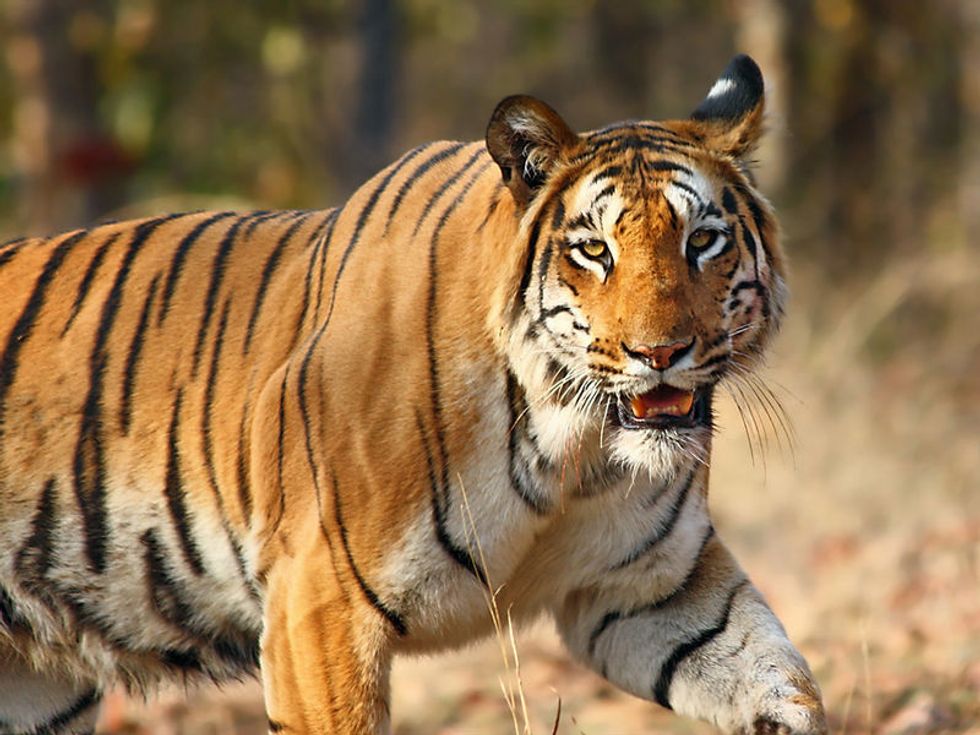
India lies within the Indomalaya ecozone and contains three biodiversity hotspots. It is one of 17 megadiverse countries. It is home to 8.6% of all mammalian, 13.7% of all avian, 7.9% of all reptilian, 6% of all amphibian, 12.2% of all piscine, and 6.0% of all flowering plant species. Forests range from tropical to coniferous. India contains 172 IUCN-designated threatened animal species, or 2.9% of endangered forms including the Asiatic lion, the Bengal tiger, the snow leopard, and the Indian white-rumped vulture. It also hosts more than 500 wildlife sanctuaries and 13 biosphere reserves.
Tourism
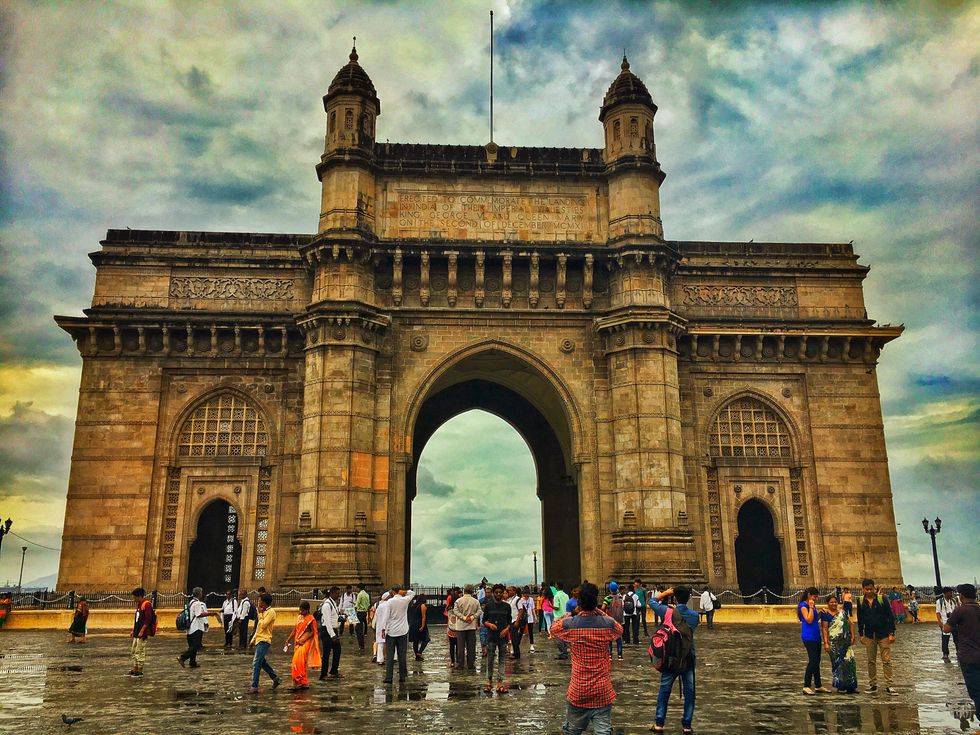
India is a country with a diverse territory. Starting from the Himalayan peaks to the Indian Ocean coastline and its history reaching back five millennia, India is multifarious in terms of tourism. Some general tourism ideas including visiting Delhi's Red Fort complex, massive Jama Masjid mosque, Agra's iconic Taj Mahal mausoleum, bathing in the Ganges in Varanasi as pilgrims, going to Rishikesh, which is a yoga centre and base for Himalayan trekking, taking a houseboat into the backwaters of Kerala, visiting the first British capital of India, Kolkata, and Gateway of India at Mumbai, etc.
Safety

The level of crime is moderate in India and is relatively safe for tourists. It is the 106th safest country in the world, even amidst the controversies surrounding it.
Film industry
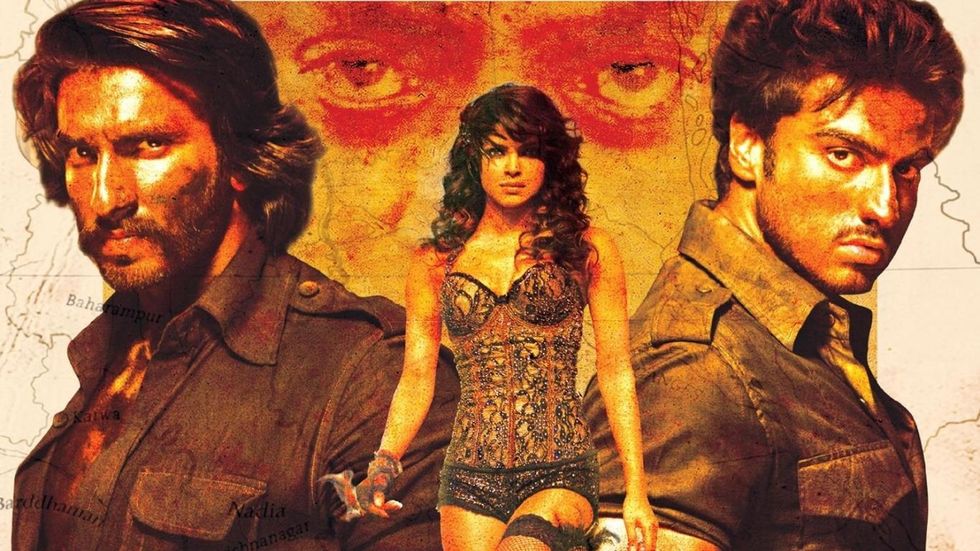
Believe it or not, the Indian film industry produces the world's most-watched cinema with as many as 1600 films produced in various languages every year. Mostly because established regional cinematic traditions exist besides just Bollywood. Also, Bollywood is not a genre of movie. It's just the name given to the Mumbai-based film industry that creates movies in mainly Hindi. It has movies of various genres just like Hollywood does, and no, there is no "place" called Bollywood in India (as many would think since it sounds like Hollywood).
This was a myth breaker to the kind of India that is portrayed in most of the International movies/shows. Every country has its pros and cons but the cons should not take over the pros, not even in others' heads. Hopefully, this was a useful article to make you understand a better part of the culture that India has.
Also, please do visit India, because Indians believe in "Atithi Devo Bhava" — guests are equal to God.



















